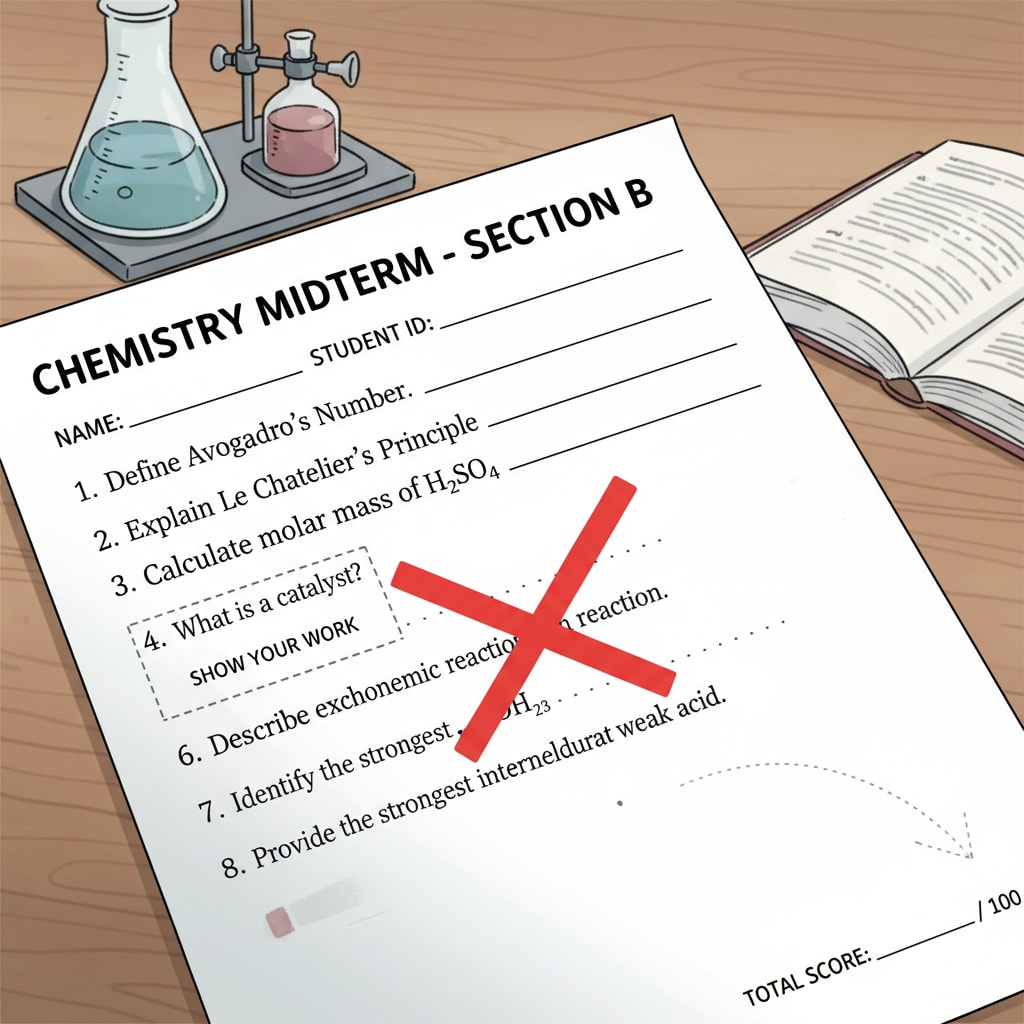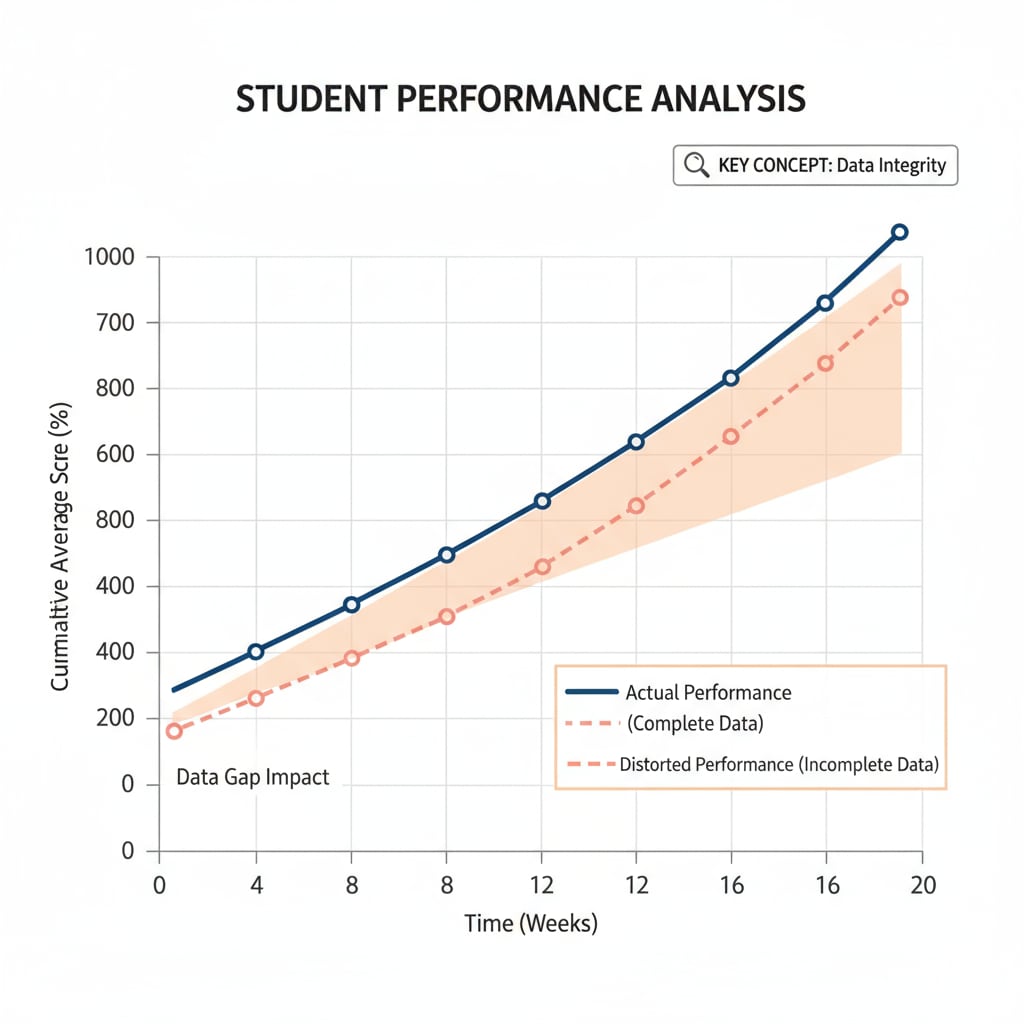In the realm of K12 education, the issue of test data, outlier handling, and incomplete data has become a crucial aspect that educators need to address. Specifically, student strategic withdrawal often leads to incomplete test data, which can significantly impact the accuracy of student ability assessment. Let’s explore how to effectively deal with this situation.
Identifying Strategic Withdrawal in Test Data
Recognizing when a student has strategically withdrawn from a test is the first step. This could be indicated by patterns such as a sudden halt in answering questions, leaving a large number of consecutive items blank, or an inconsistent response pattern compared to their usual performance. For example, if a student who typically answers most questions in a math test but suddenly leaves half of the questions in a particular section blank, it might be a sign of strategic withdrawal. Educational assessment on Wikipedia provides valuable insights into common behaviors in test-taking.

Analyzing the Impact of Incomplete Data
Once identified, it’s essential to analyze how the incomplete data affects the overall assessment. Incomplete data can skew the results, making it difficult to accurately gauge a student’s knowledge and skills. For instance, if a significant portion of students in a class strategically withdraw from a reading comprehension test, the average score may not reflect the true reading ability of the group. According to Educational psychology on Britannica, inaccurate data can lead to misguided teaching strategies. This misrepresentation can have long-term consequences for both students and educators.

To address this issue, educators can use various techniques. One approach is to employ data imputation methods, where missing values are estimated based on other available data. Another option is to exclude the incomplete data from the analysis, but this should be done with caution as it may also remove valuable information. Additionally, educators can consider using alternative assessment methods to supplement the incomplete test data. By taking these steps, educators can make more informed decisions about their students’ learning needs and develop more targeted teaching strategies.
Readability guidance: As we’ve seen, understanding how to handle incomplete test data is crucial. By following these steps of identification, analysis, and appropriate handling, educators can ensure more accurate student assessments. Remember to use short paragraphs and lists to summarize key points, and keep an eye on the readability aspects like passive voice and long sentence ratios.


